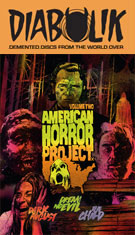
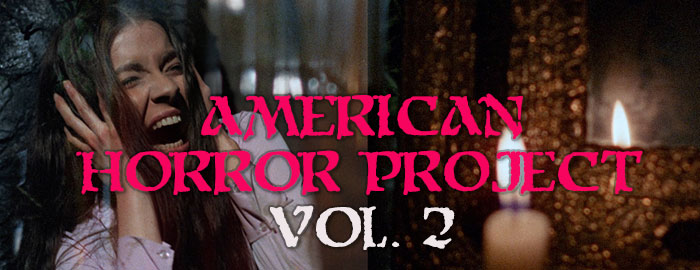
DREAM NO EVIL
Color, 1972, 84 mins. 28 secs.
Directed by John Hayes
Starring Edmond O'Brien, Brooke Mills, Michael Pataki
Arrow Video (Blu-ray) (US/UK RA/RB HD) / WS (1.85:1) (16:9), VCI (DVD) (US R1 NTSC)
THE CHILD
Color, 1977, 82 mins. 59 secs.
Directed by Robert Voskanian
Starring Laurel Barnett, Rosalie Cole, Frank Janson
Arrow Video (Blu-ray) (US/UK RA/RB HD) / WS (1.85:1) (16:9), Image Entertainment (DVD) (US R1 NTSC)
DARK AUGUST
Color, 1976, 86 mins. 56 secs.
Directed by Martin Goldman
Starring J.J. Barry, Carole Shelyne, Kim Hunter
Arrow Video (Blu-ray) (US/UK RA/RB HD) / WS (1.85:1) (16:9)
It 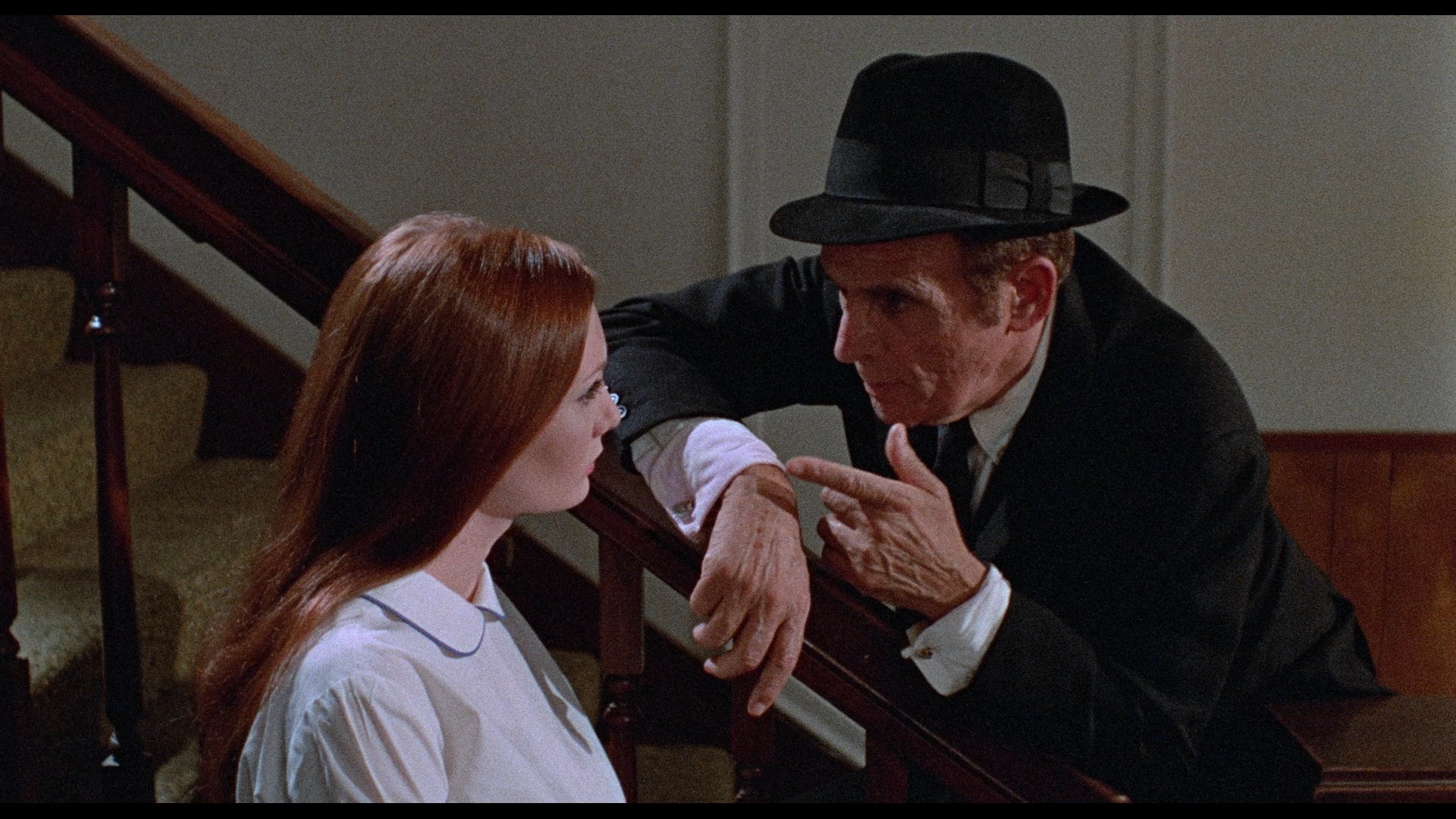 took a long time since the release of Arrow Video’s astounding American Horror Project: Vol. 1 in early 2016 to see another in the line of three-film
took a long time since the release of Arrow Video’s astounding American Horror Project: Vol. 1 in early 2016 to see another in the line of three-film 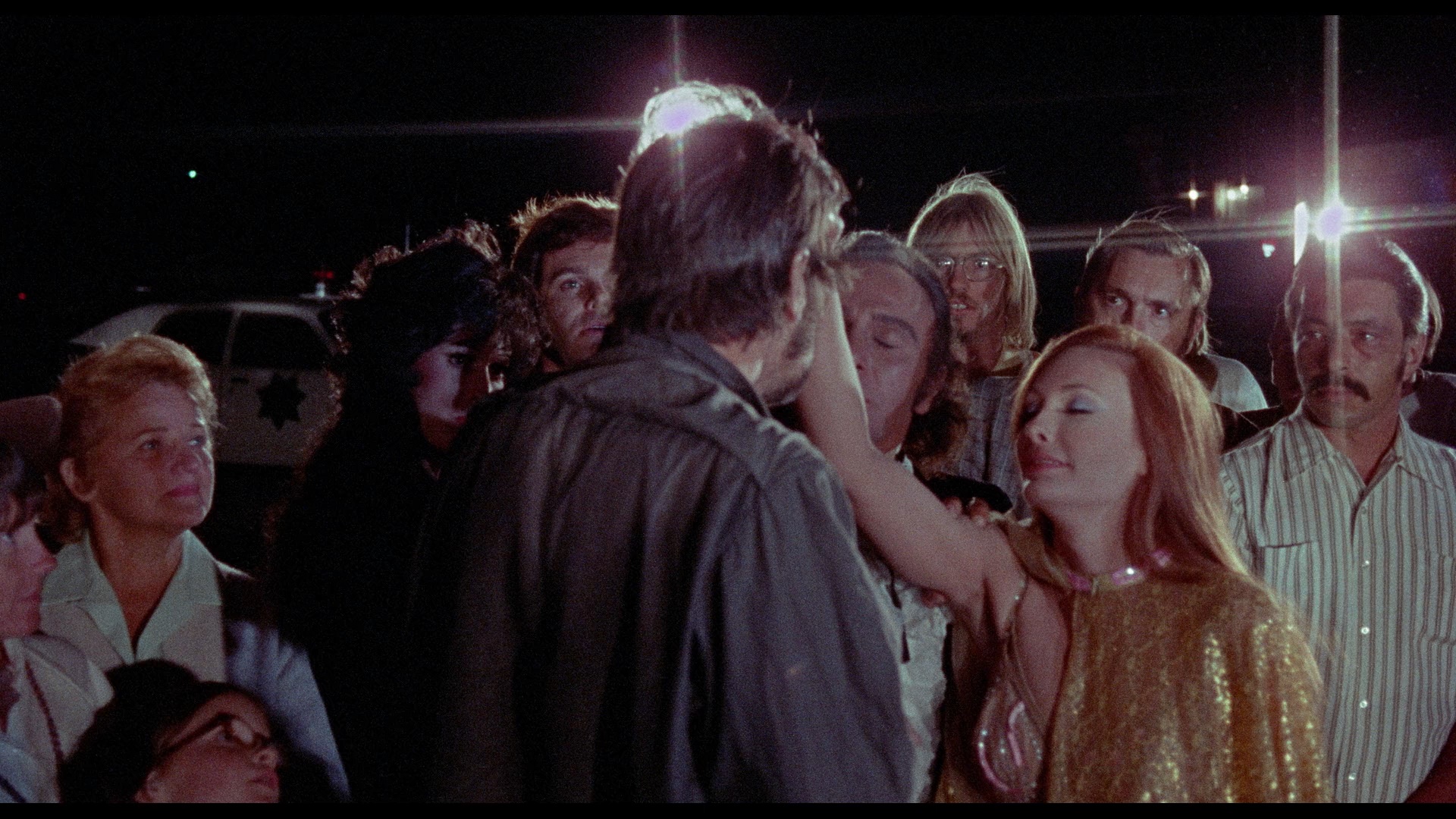 boxed sets curated by Stephen Thrower, but in mid-2019, the second volume finally became a reality. Springboarding from Thrower’s essential book, Nightmare USA: The Untold Story of the Exploitation Independents, the idea here is to present neglected slices of homegrown American horror (all from the 1970s so far) in deluxe editions that shed light on the stories of the regional filmmakers who brought them to light. In the cases of both sets, you’ll also find titles that bend and stretch the definition of what a horror movie actually is; anyone expected something traditional like slasher movies or supernatural outings will be sideswiped by ambitious labors of love that paved the way for the indie horror movement that still goes strong today.
boxed sets curated by Stephen Thrower, but in mid-2019, the second volume finally became a reality. Springboarding from Thrower’s essential book, Nightmare USA: The Untold Story of the Exploitation Independents, the idea here is to present neglected slices of homegrown American horror (all from the 1970s so far) in deluxe editions that shed light on the stories of the regional filmmakers who brought them to light. In the cases of both sets, you’ll also find titles that bend and stretch the definition of what a horror movie actually is; anyone expected something traditional like slasher movies or supernatural outings will be sideswiped by ambitious labors of love that paved the way for the indie horror movement that still goes strong today.
First up is Dream No Evil, the first bona fide horror film by John Hayes, the drive-in auteur who was churning out multiple films a year around this time like The Cut-Throats and The Hang Up. A veteran of the New York stage and a fascinating creative voice, Hayes would go on to horror immortality with the superb Grave of the Vampire and one of the finest XXX horror films, Baby Rosemary. Apparently inspired by European art films, he made what appears to be an elliptical study in female psychosis that was compromised somewhat after completion by the addition of a frequent, spoiler-heavy voiceover designed to make it more palatable to casual viewers. Even with the tampering it’s a surreal, dreamlike psycho thriller revolving around the young and troubled Grace (The Big Doll House’s Mills), who grew up in an orphanage and ended up going to a foster home where she hooked up with a fire and brimstone traveling preacher and circus owner, Paul (Hayes regular Pataki). For years Grace has been looking for her vanished father, Timothy (Oscar winner O’Brien), whom she tracks down to a mortician’s office where he’s being prepped for an autopsy. Instead dad springs up and kills the mortician, then joins his daughter on a murder spree around the edge of town.
As mentioned above, the added narration quickly spoils any ambiguity about what’s actually happening in this film; fortunately the story itself is still strange and atmospheric enough to work anyway with the actors (Pataki in particular) giving it their all. The film isn’t terribly graphic and even managed to skirt by with a PG rating on the reissue circuit (following its original R rating in slightly stronger form), with most of the horrific content coming from the air of psychological unease. Never a flashy director, Hayes sticks with his usual  nuts and bolts visual style of static master shots for
nuts and bolts visual style of static master shots for 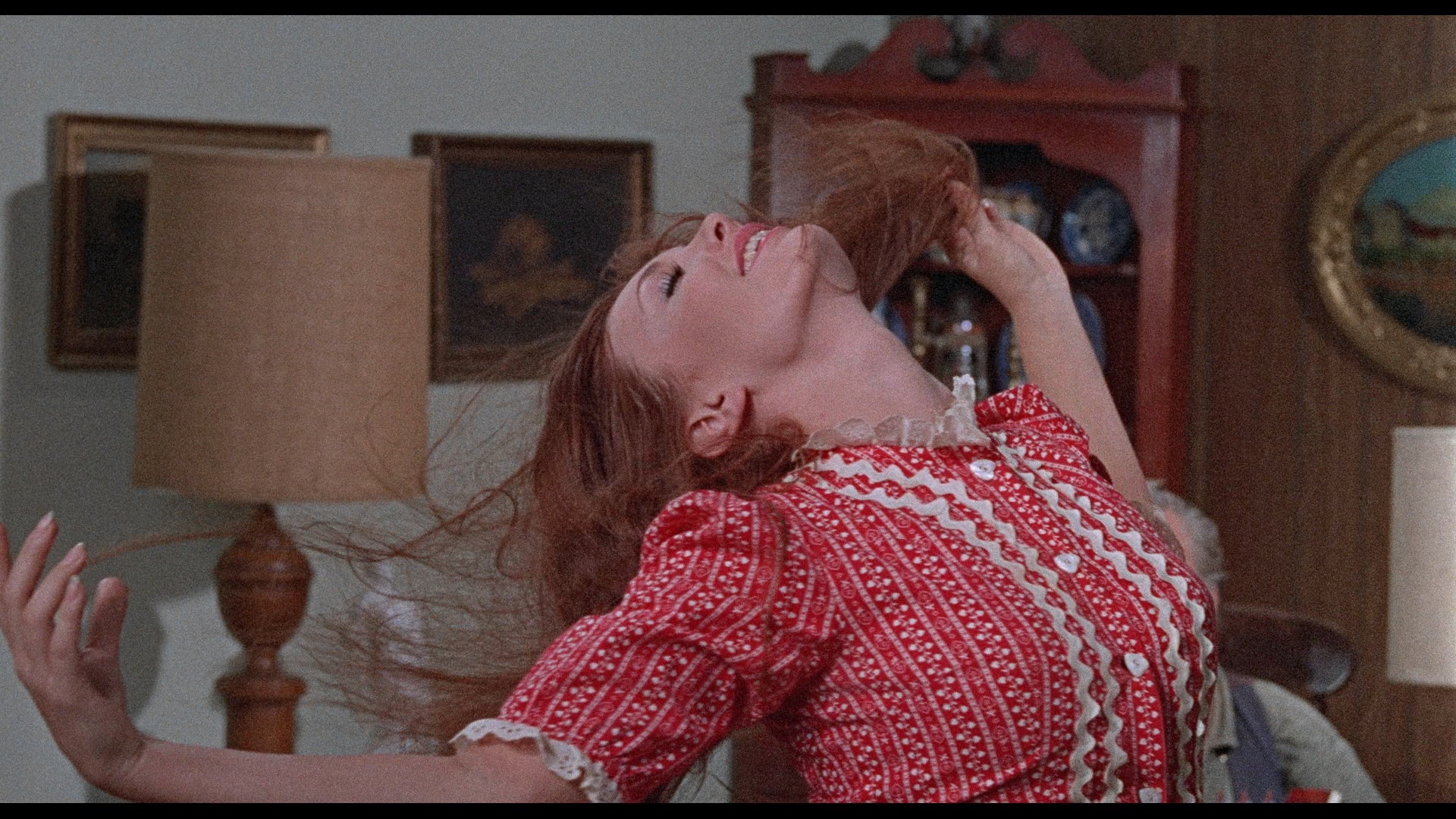 the most part which pays off in some of the more unnerving moments, such as when the décor of a room turns out to be very different from its reality.
the most part which pays off in some of the more unnerving moments, such as when the décor of a room turns out to be very different from its reality.
A very common title on VHS back in the ‘80s complete with one of those beloved oversized boxes from Active Home Video, Dream No Evil made its way to DVD in 2008 from VCI as part of its deal with the film’s original distributor, Kit Parker Films, in a Psychotronica set packaged with Delinquent Schoolgirls, Mondo Keyhole, The Raw Ones, The Mermaids of Tiburon, and Cry of the Bewitched. Though touted as a new transfer from the original 35mm negative, that release left a lot to be desired with soft detail and plentiful damage. The Arrow release looks vastly superior and really invigorates this film with a healthy, colorful presentation that makes it far more enjoyable to watch; it really looks mint fresh here and quite impressive. The LPCM English mono track (featuring optional English SDH subtitles, as do the other two discs) is also much cleaner and clearer. A new audio commentary with Daughters of Darkness' Kat Ellinger and Samm Deighan focuses entirely on Hayes with an enthusiastic look at the entertainment value of his output, his place in the roster of American exploitation directors, and this film's connection to other contemporaries dealing with female mania. As with the first set, Thrower appears in new featurettes to give his own take on why these films are significant and played such a key role in his book. In the case of this film it's "Melancholy Dreamer" (9m16s), which expounds on his already thorough written analysis as he puts this one in context with Hayes' other two big horror films (Grave of the Vampire and Garden of the Dead) while standing on its own as another crucial chapter in his journey as a director, just one of the paths he took during his fascinating life. Thrower also contributes "Hollywood After Dark: The Early Films of John Hayes" (34m9s), an in-depth account of Hayes' films from 1959 through 1971 including his early work with onetime girlfriend Rue McClanahan, his drive-in sexploitation shockers, and the common creative themes that sprang out of his New York City upbringing. Then Temple of Schlock's Chris Poggiali appears for "Edmond O'Brien: An Actor for All Seasons" (22m8s), a study of the unusual trajectory from award-laden leading man to busy character actor with a huge string of credits under his belt both on the big screen and for live TV including his pivotal and often undervalued work in later film noir and the end of his career soon after this film due to Alzheimer's. Finally excerpts are provided from a Thrower audio interview in 2005 with McClanahan (29m44s), presumably the source for the very illuminating material in his book, in which she warmly talks about her early acting days with Hayes including projects that never materialized.
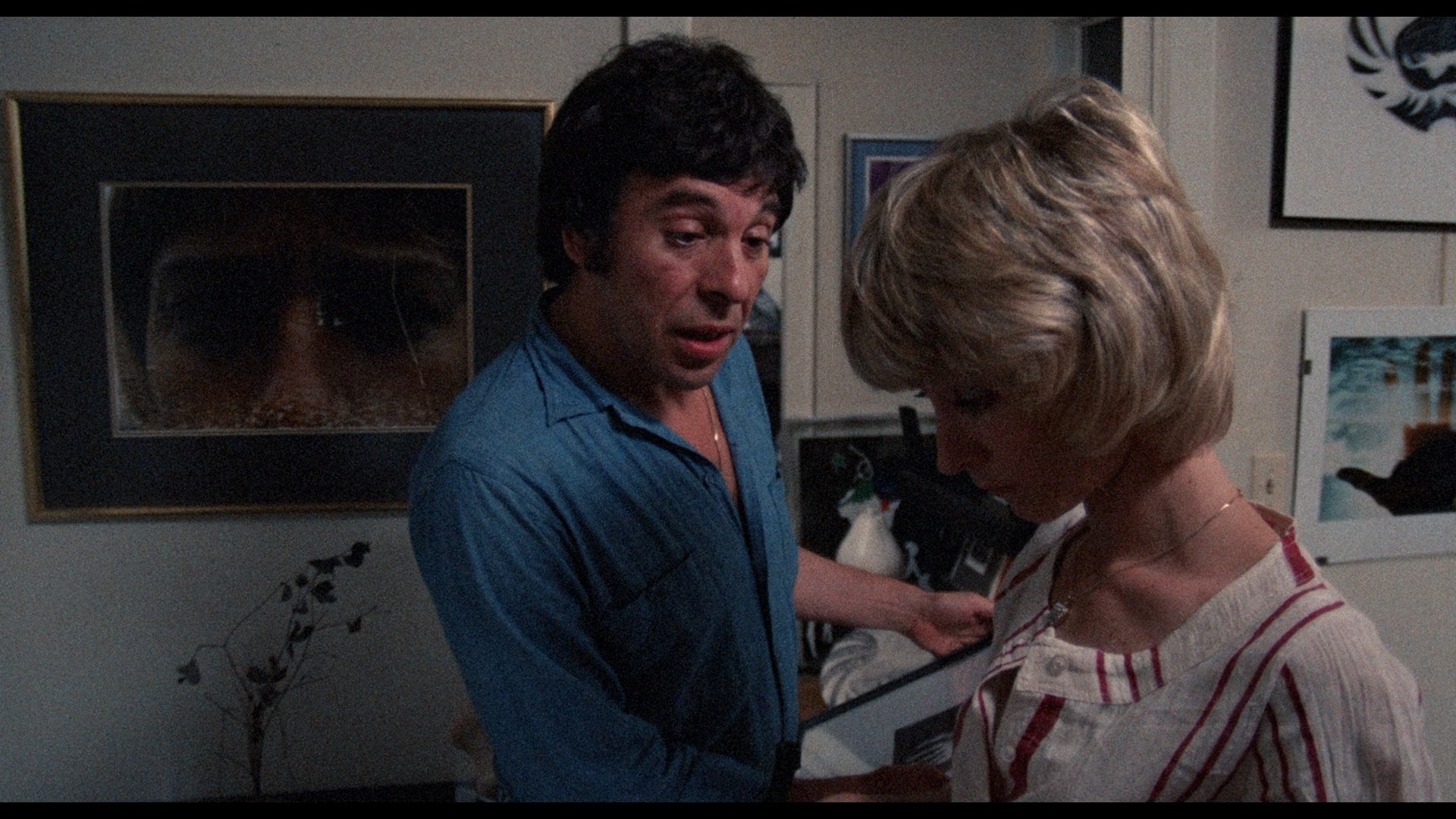 Next up is the most obscure offering in the set, the Stowe, Vermont-shot supernatural tale Dark August. Real-life married couple J.J. Barry and Carole Shelyne (a.k.a. TV
Next up is the most obscure offering in the set, the Stowe, Vermont-shot supernatural tale Dark August. Real-life married couple J.J. Barry and Carole Shelyne (a.k.a. TV 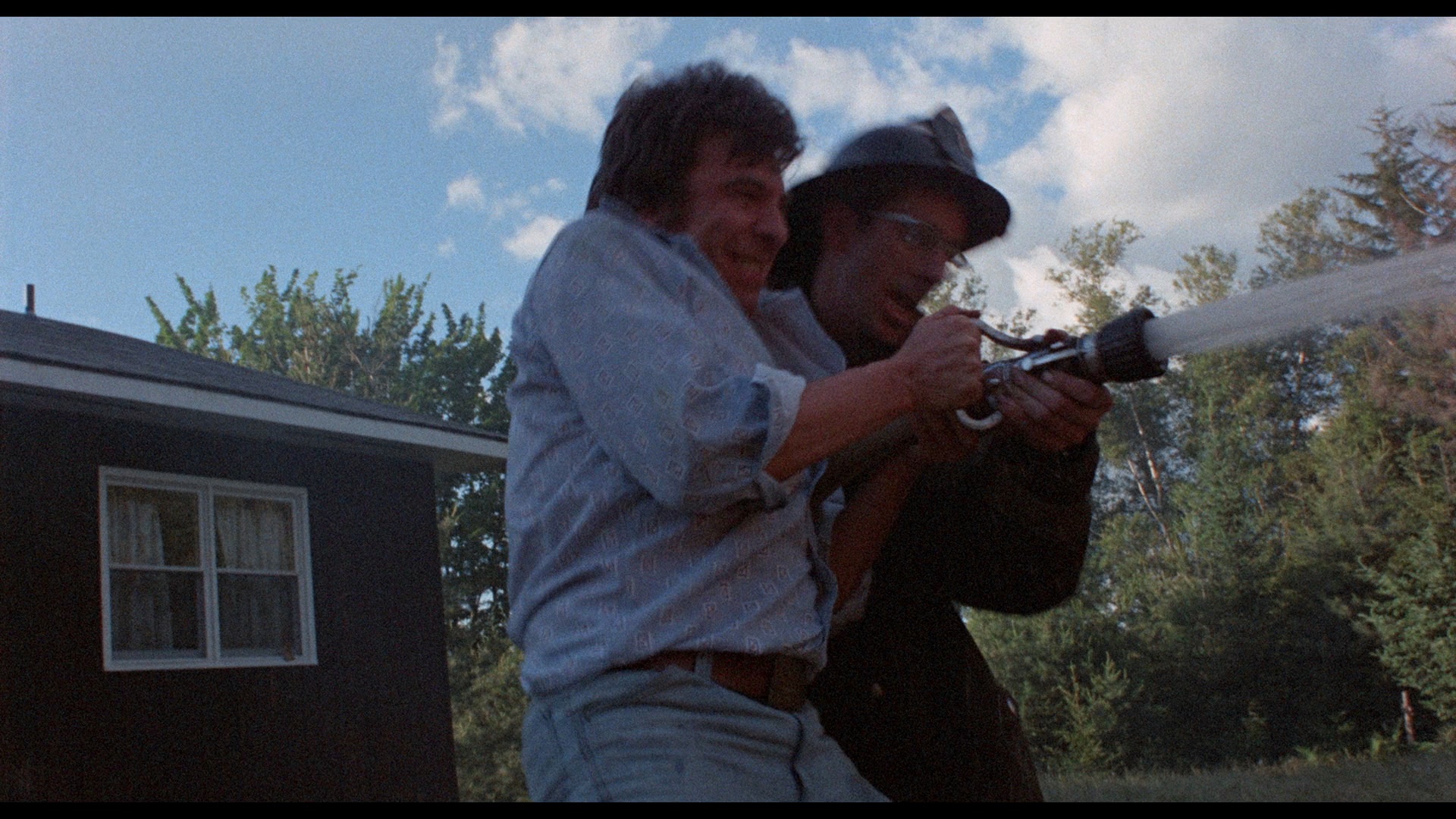 actress Carolyne Barry) headline the story of New York illustrator Sal Devito, who heads to the calmer climes of New England to get his head together. He ends up hitting it off with gallery owner and fellow artist Jackie, but things go south when he accidentally runs over and kills a little girl whose grandfather (Robertson) summons a black magic curse upon him to get even. Soon Sal keeps seeing the manifestation of a hooded dark figure and has random mishaps befalling those around him, such as a bloody construction accident involving a friend’s leg. Eventually Sal decides to seek help from a local white witch, Adrianna (A Streetcar Named Desire’s Hunter, the second Oscar winner in this set), who tries to use her powers to combat the dark forces brewing around the poor interloper.
actress Carolyne Barry) headline the story of New York illustrator Sal Devito, who heads to the calmer climes of New England to get his head together. He ends up hitting it off with gallery owner and fellow artist Jackie, but things go south when he accidentally runs over and kills a little girl whose grandfather (Robertson) summons a black magic curse upon him to get even. Soon Sal keeps seeing the manifestation of a hooded dark figure and has random mishaps befalling those around him, such as a bloody construction accident involving a friend’s leg. Eventually Sal decides to seek help from a local white witch, Adrianna (A Streetcar Named Desire’s Hunter, the second Oscar winner in this set), who tries to use her powers to combat the dark forces brewing around the poor interloper.
Again this one is much more about mood and creeping dread than outright horror, something that should be obvious from the PG rating The film is still plenty creepy where it counts though, with that dark figure in particular popping up at eerie moments and the climax managing to work up a fairly intense feeling of impending doom. That doesn’t quite hold over to a head-scratching coda that leaves the film on an odd, underwhelming note (as well as a real bummer for animal lovers), but that flaw aside, it’s a spooky and memorable little film that has stuck in more than a few viewers’ heads over the years. Much of that impact may have to do with the eerie central concept itself (basically a riff on Curse of the Demon) and a spectacularly strange and aggressive music score that mashes together prog rock and jazz fusion into a brew that really shouldn’t work at all but somehow feels just right.
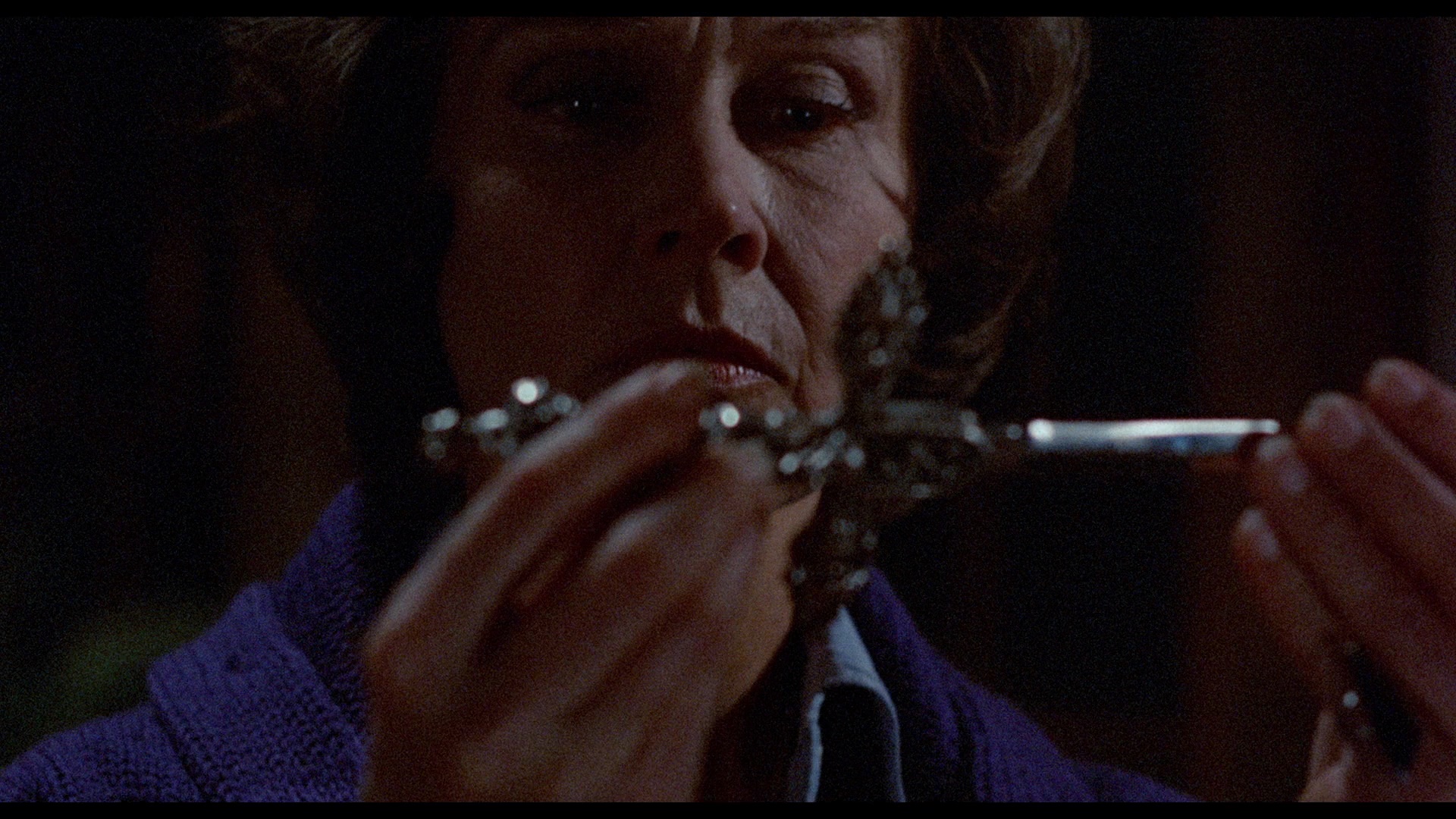 Lightning Video first brought this one to VHS in the ‘80s in a very murky, almost unwatchable presentation that did this film no favors at all.
Lightning Video first brought this one to VHS in the ‘80s in a very murky, almost unwatchable presentation that did this film no favors at all. 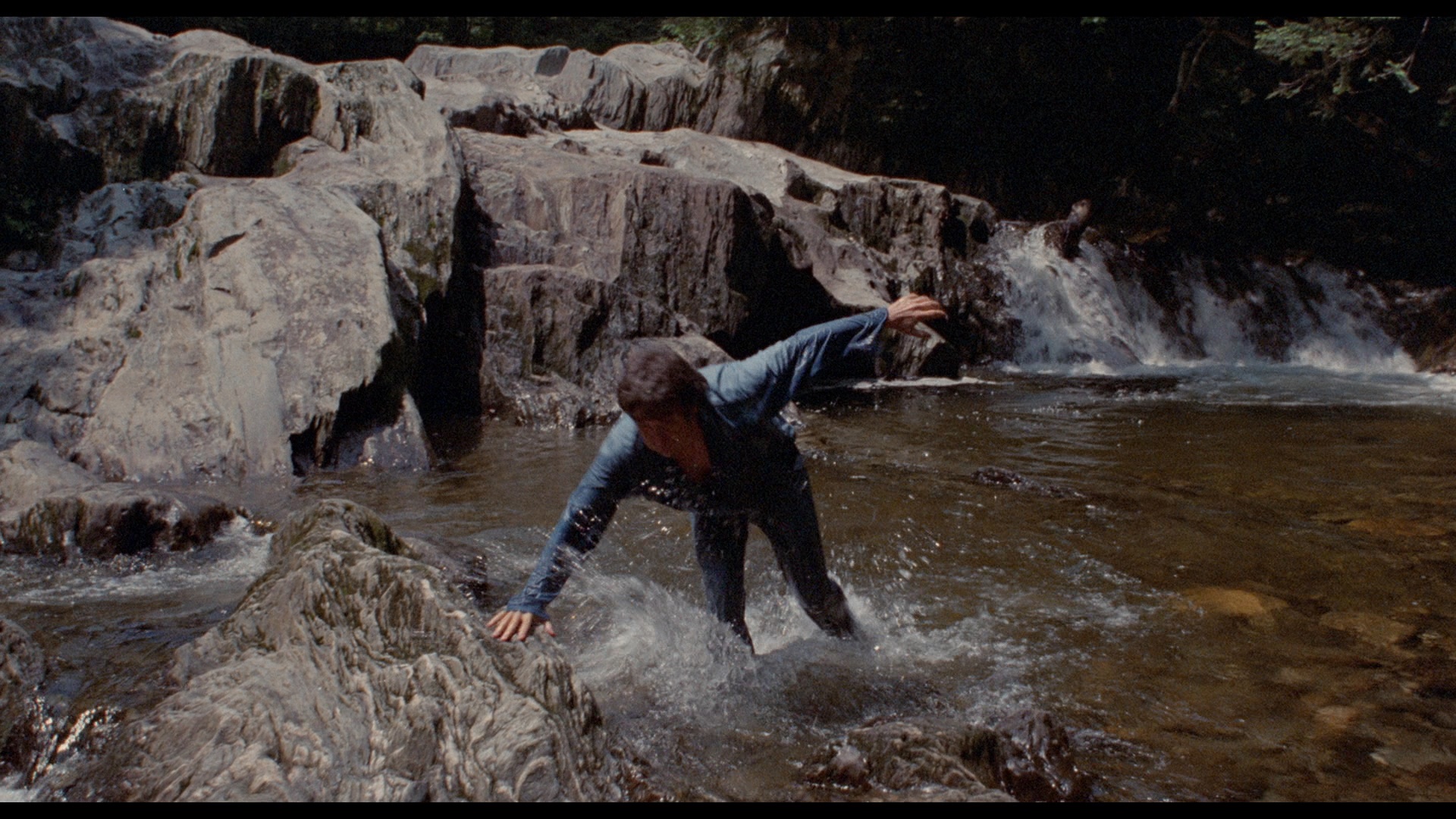 After that it dropped out of sight for decades until this release, and the new transfer looks fantastic with the idyllic outdoor scenes in particular really popping with fine detail and gorgeous, saturated shades of green. A very low-key audio commentary with director Martin Goldman moderated by Brandon Daniel and Joe Luke goes into the trappings of the era, the production design, and the rapport between the married leads. Thrower offers his two cents in "Revisiting Dark August" (10m35s), analyzing how its regional flavor and comparatively mainstream approach should have gotten it more theatrical play than it actually received (including, weirdly, no exposure at all in Vermont). Then "Mad Ave to Mad Dogs" (15m6s) features Goldman chatting very softly about how he transitioned from making commercials to embarking on a feature film, including snippets of some of his TV ad work. Then producer Marianne Kanter appears in "Don't Mess with the Psychic" (9m15s) for a discussion of how her rebellious background led to her career path and the reason they would up shooting in Vermont. In "The Hills Are Alive: Dark August and Vermont Folk Horror" (34m23s), legendary artist, author, and Vermont native Stephen R. Bissette contextualizes the film within the larger framework of folk horror, the state's fascination with communes and the occult, and other Vermont-connected productions ranging from The Trouble with Harry to Werewolf in a Girl's Dormitory.
After that it dropped out of sight for decades until this release, and the new transfer looks fantastic with the idyllic outdoor scenes in particular really popping with fine detail and gorgeous, saturated shades of green. A very low-key audio commentary with director Martin Goldman moderated by Brandon Daniel and Joe Luke goes into the trappings of the era, the production design, and the rapport between the married leads. Thrower offers his two cents in "Revisiting Dark August" (10m35s), analyzing how its regional flavor and comparatively mainstream approach should have gotten it more theatrical play than it actually received (including, weirdly, no exposure at all in Vermont). Then "Mad Ave to Mad Dogs" (15m6s) features Goldman chatting very softly about how he transitioned from making commercials to embarking on a feature film, including snippets of some of his TV ad work. Then producer Marianne Kanter appears in "Don't Mess with the Psychic" (9m15s) for a discussion of how her rebellious background led to her career path and the reason they would up shooting in Vermont. In "The Hills Are Alive: Dark August and Vermont Folk Horror" (34m23s), legendary artist, author, and Vermont native Stephen R. Bissette contextualizes the film within the larger framework of folk horror, the state's fascination with communes and the occult, and other Vermont-connected productions ranging from The Trouble with Harry to Werewolf in a Girl's Dormitory.
Finally we get to the third and most traditionally horrific film in the set and easily the heaviest hitter, 1977’s The Child. Originally released by exploitation guru 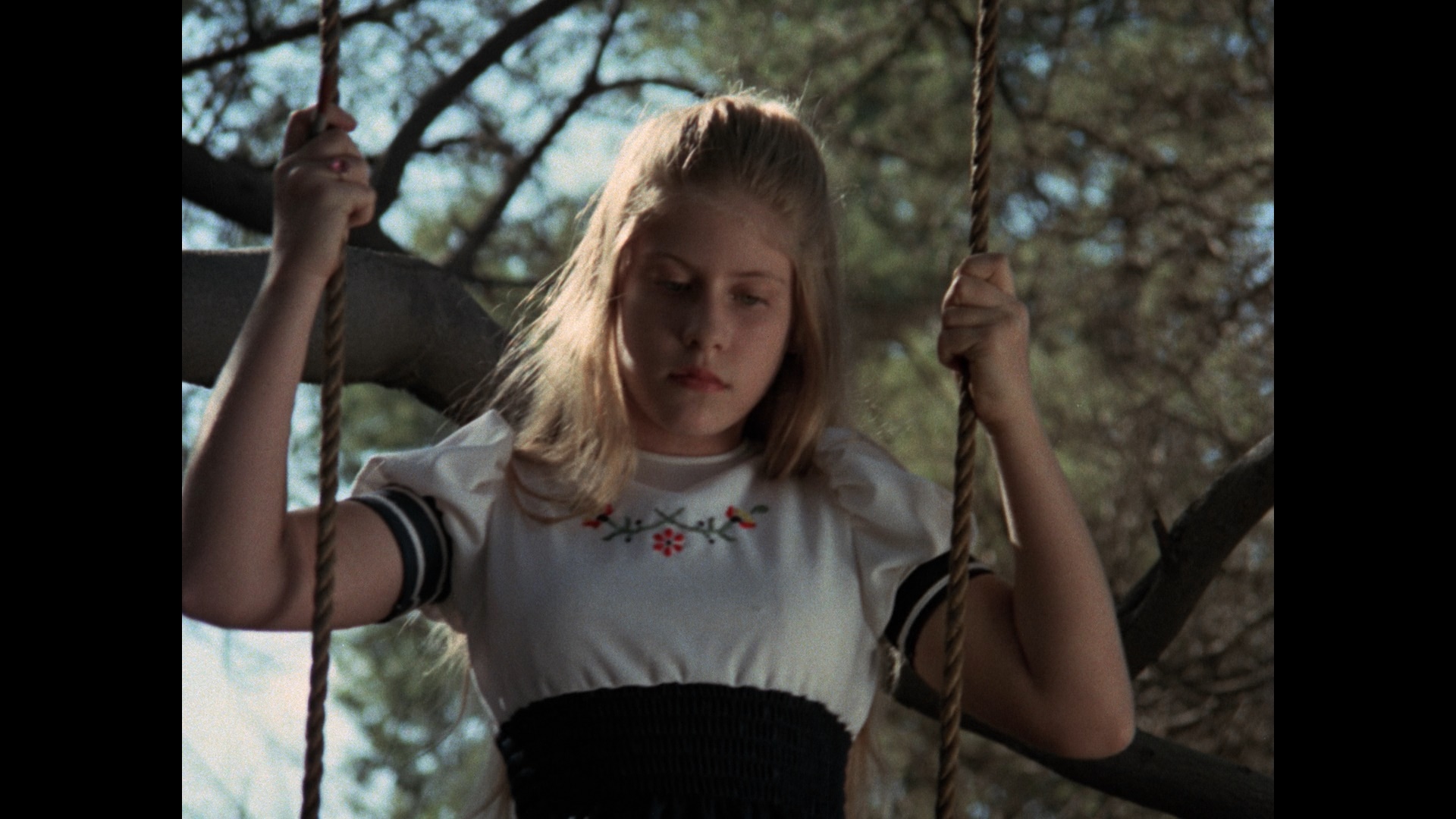 Harry Novak (who snagged the rights to the indie film and, in typical fashion, made sure the filmmakers didn’t see a dime from its many reissues), this was one of the first DVDs released by
Harry Novak (who snagged the rights to the indie film and, in typical fashion, made sure the filmmakers didn’t see a dime from its many reissues), this was one of the first DVDs released by 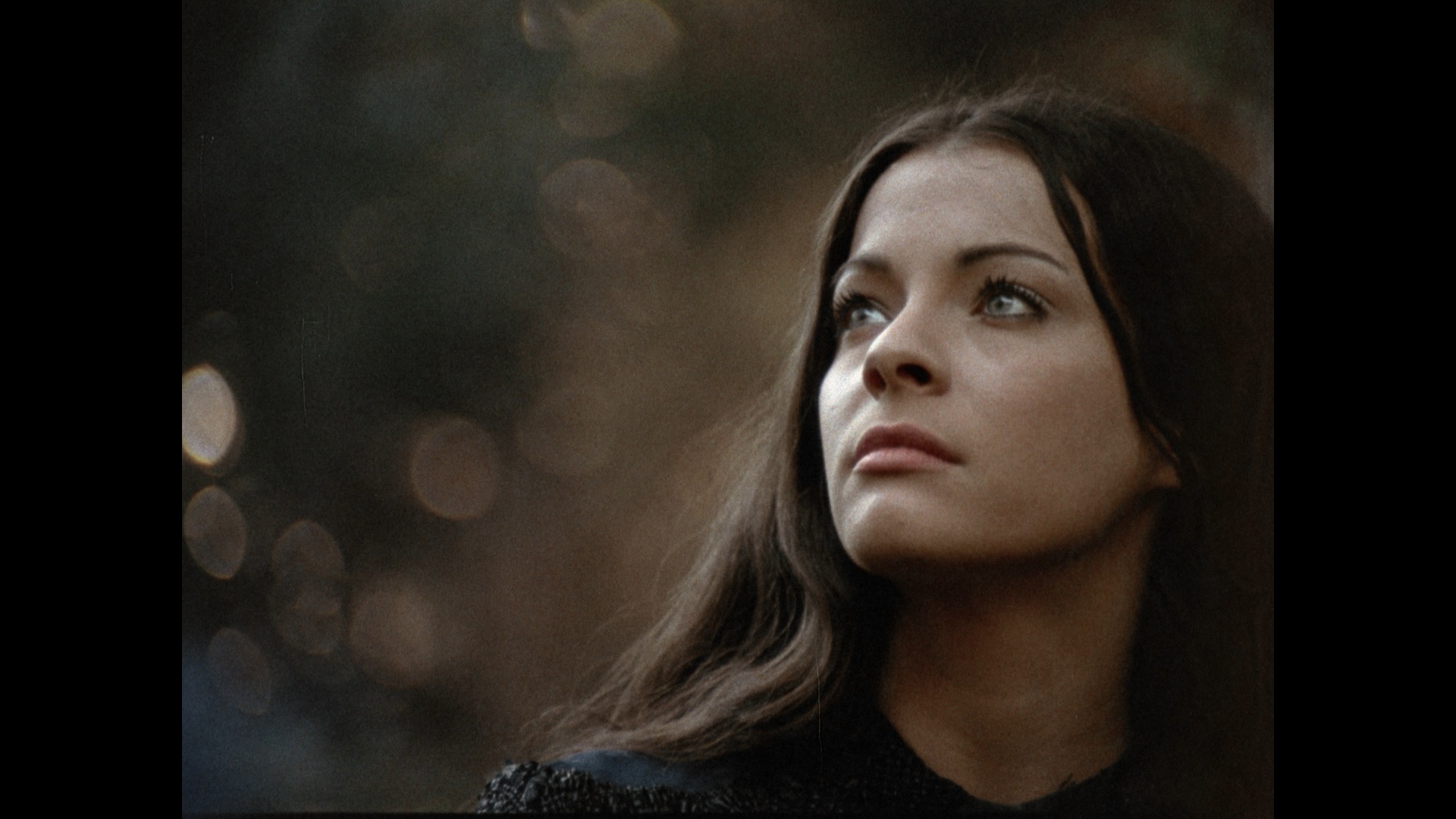 Image in its Something Weird line and is still among the best horror titles that partnership ever issued.
Image in its Something Weird line and is still among the best horror titles that partnership ever issued.
Back out in the countryside again, young and innocent Alicianne (Barnett) is hired as the governess for creepy little girl Rosalie (Cole), whose mother died under mysterious circumstances. Nobody seems all that comfortable around the tyke, even her own surviving family members, but that might have something to do with her frequent trips out to the graveyard and the macabre fates of those who cross her. As it turns out, there are zombies in the area who might have a connection to Rosalie, and Alicianne comes to realize that those dark rumors about the little girl might be only the beginning of the terrors yet to come.
A terrific choice for Halloween viewing thanks to its unnerving use of pumpkins and scarecrows, The Child definitely falls under the “evil kid” horror category but also delivers plenty more you might not expect, including a rousing and surprisingly creepy zombie showdown at the end. There’s a great deal of visual imagination at play here with a potent variation on that spooky blonde girl concept seen earlier in films like Kill, Baby… Kill! and Spirits of the Dead, and the visceral moments really pack a punch including some gory face-ripping that puts this squarely in the territory of ‘70s zombie cinema.
The Child first appeared on DVD in 2001 as one of the earliest Something Weird titles from Image Entertainment, with a bonus feature of I Eat Your Skin tacked on to make it a double feature of sorts. The full frame transfer was fine for the time and taken from the negative owned by Harry Novak, who had a years-long deal with Something Weird. 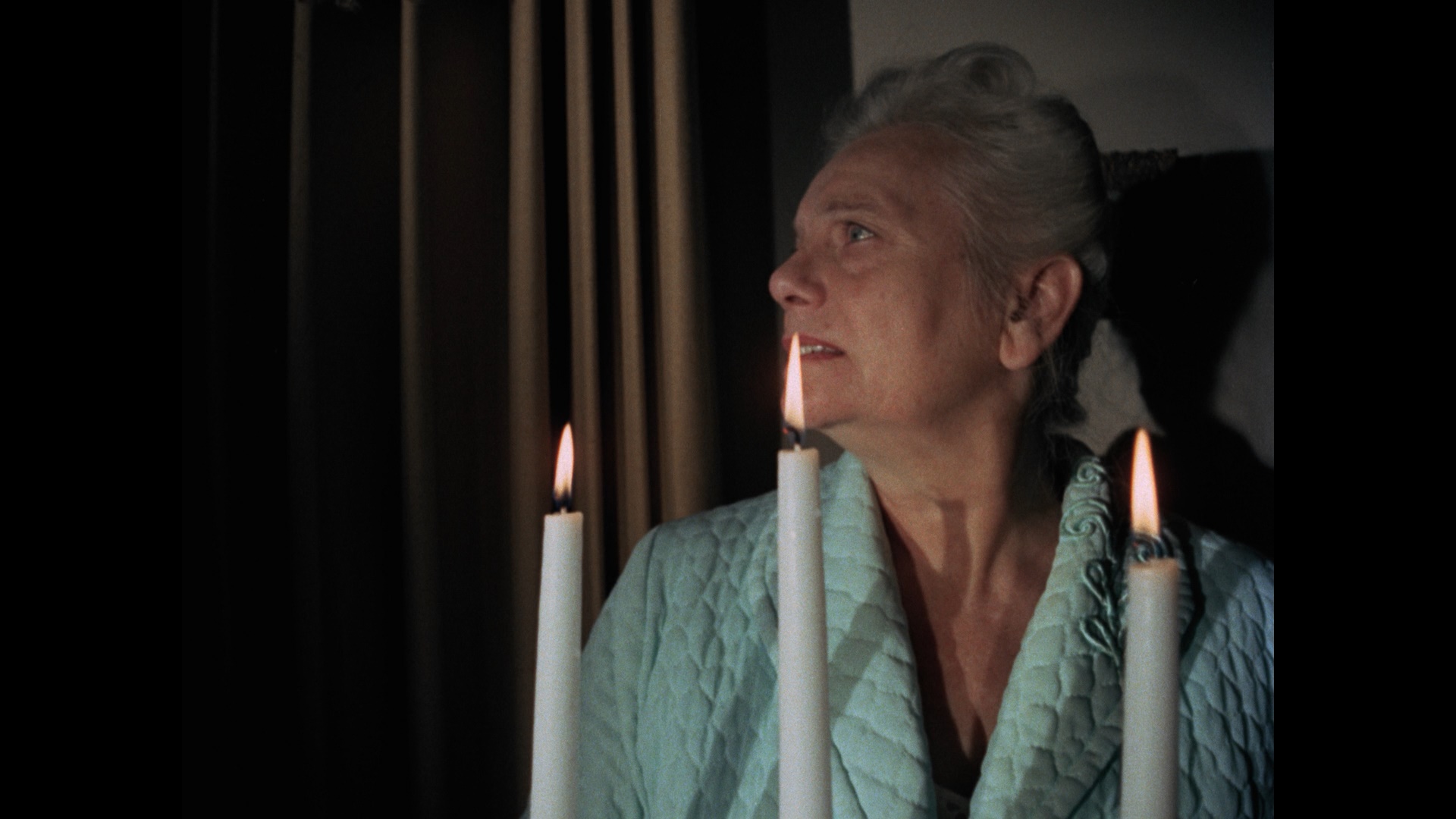 Extras included the trailer, bonus trailers (Axe, Behind Locked Doors, Booby Trap, Frankenstein's Castle of Freaks, Kidnapped Coed, The Mad Butcher, The Toy Box, Toys Are Not for Children) and two bonus shorts, The Outsider and The ABC of
Extras included the trailer, bonus trailers (Axe, Behind Locked Doors, Booby Trap, Frankenstein's Castle of Freaks, Kidnapped Coed, The Mad Butcher, The Toy Box, Toys Are Not for Children) and two bonus shorts, The Outsider and The ABC of 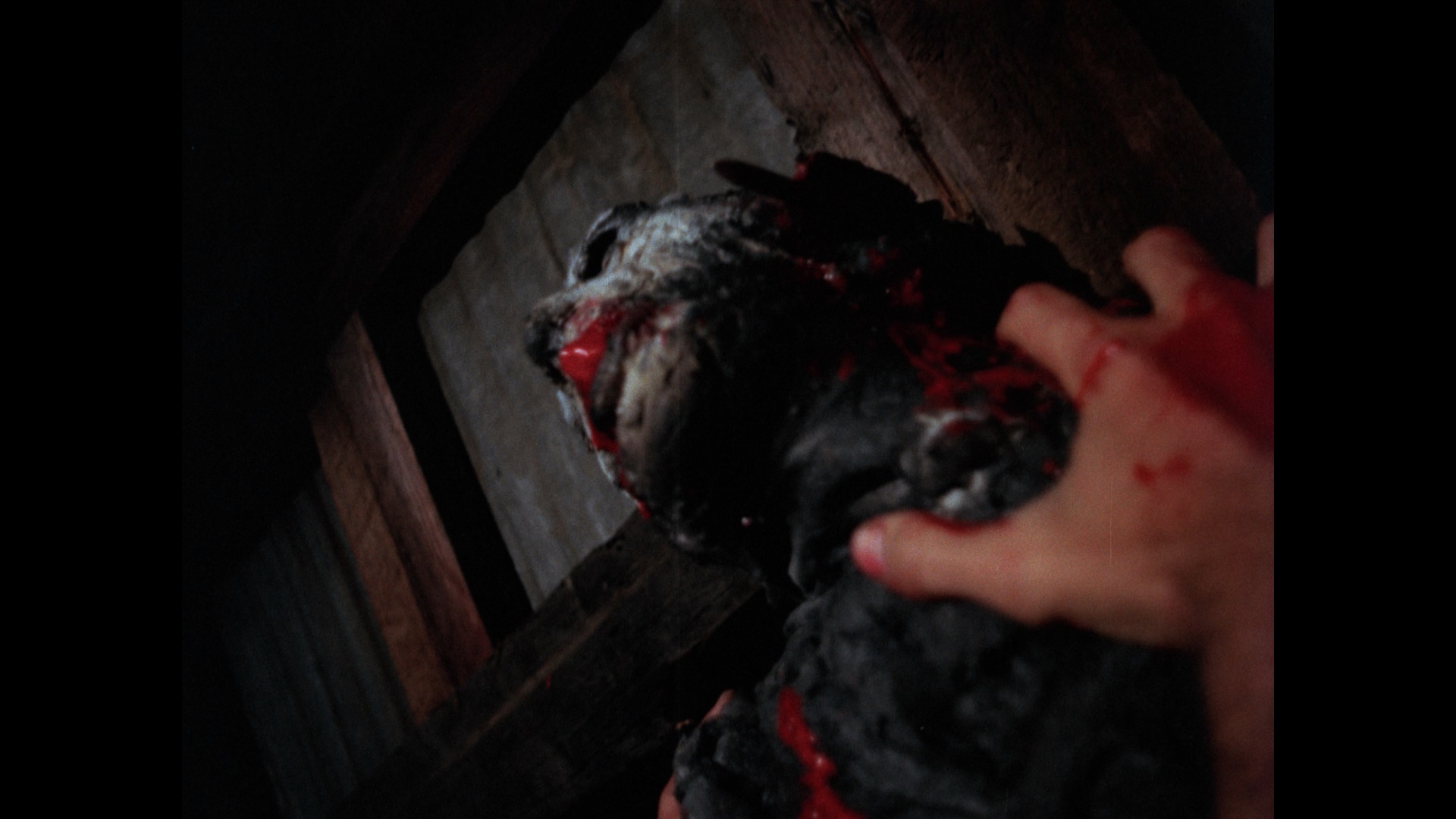 Babysitting. Not surprisingly, the Blu-ray is a substantial upgrade thanks to many years of advances in transfer technology; color timing, detail, and just about everything else notches up considerably, and the day for night timing has been correctly adjusted for the finale to far greater effect. The film can be watched either in the familiar 1.37:1 version or a matted 1.85:1 presentation reflecting how it was shown in most theaters; it's nice to have the choice, though the 1.37:1 looks far better with the compositions given some much needed breathing room. Thrower moderates a new audio commentary with director Robert Voskanian and producer Robert Dadashian, who remain friends to this day and offer an endearing chronicle of how they first joined forces during their college years, shared a fondness for horror movies, rounded up the cast (including the reason for one participant's "unusual acting style"), had to end up replacing the audio, and wound up tweaking the script to include the scarecrow scene to make it less controversial. Then Thrower's video rundown comes with "The Zombie Child" (13m13s) in which he extols the "weird and wonderful" nature of the film and the productive creative partnership behind it, which was sadly hampered by the financially lopsided deal that was made to get it released. Then Voskanian and Dadashian appear on camera for "Fathers of the Child" (12m48s), talking about how their shared Armenian immigrant background created a bond as they built a rapport over their love of cinema and were deeply inspired by a viewing of Night of the Living Dead to make a film that would ultimately become a three-year process. The original trailer is also included (in both 1.33:1 and 1.78:1 versions) along with a BD-Rom press book. The deluxe packaging features reversible sleeves for each film (including new art by The Twins of Evil) and an insert booklet with new liner notes by Bissette, Travis Crawford, and Amanda Reyes.
Babysitting. Not surprisingly, the Blu-ray is a substantial upgrade thanks to many years of advances in transfer technology; color timing, detail, and just about everything else notches up considerably, and the day for night timing has been correctly adjusted for the finale to far greater effect. The film can be watched either in the familiar 1.37:1 version or a matted 1.85:1 presentation reflecting how it was shown in most theaters; it's nice to have the choice, though the 1.37:1 looks far better with the compositions given some much needed breathing room. Thrower moderates a new audio commentary with director Robert Voskanian and producer Robert Dadashian, who remain friends to this day and offer an endearing chronicle of how they first joined forces during their college years, shared a fondness for horror movies, rounded up the cast (including the reason for one participant's "unusual acting style"), had to end up replacing the audio, and wound up tweaking the script to include the scarecrow scene to make it less controversial. Then Thrower's video rundown comes with "The Zombie Child" (13m13s) in which he extols the "weird and wonderful" nature of the film and the productive creative partnership behind it, which was sadly hampered by the financially lopsided deal that was made to get it released. Then Voskanian and Dadashian appear on camera for "Fathers of the Child" (12m48s), talking about how their shared Armenian immigrant background created a bond as they built a rapport over their love of cinema and were deeply inspired by a viewing of Night of the Living Dead to make a film that would ultimately become a three-year process. The original trailer is also included (in both 1.33:1 and 1.78:1 versions) along with a BD-Rom press book. The deluxe packaging features reversible sleeves for each film (including new art by The Twins of Evil) and an insert booklet with new liner notes by Bissette, Travis Crawford, and Amanda Reyes.
THE CHILD (Arrow Blu-ray) (1.33:1)
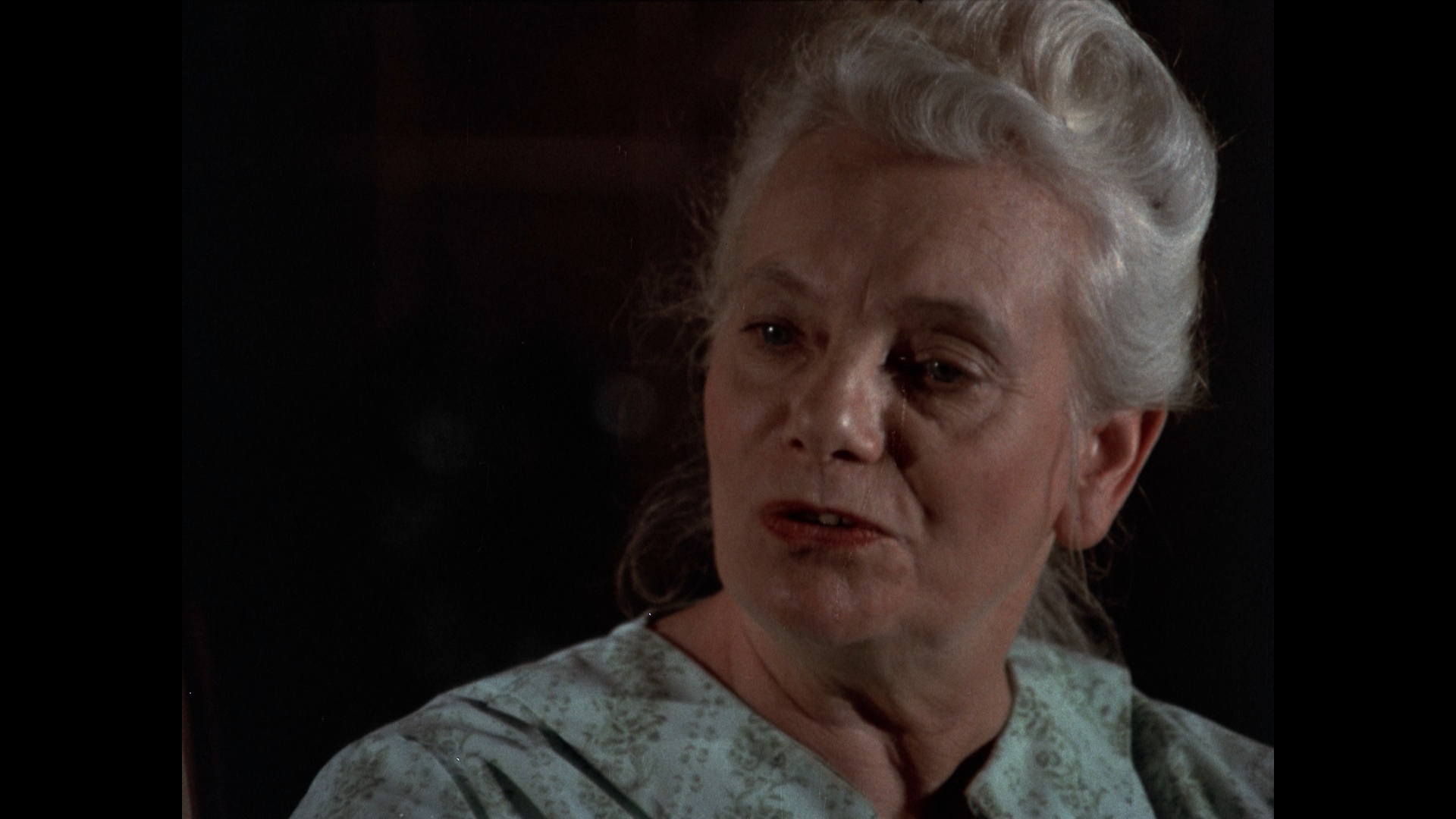
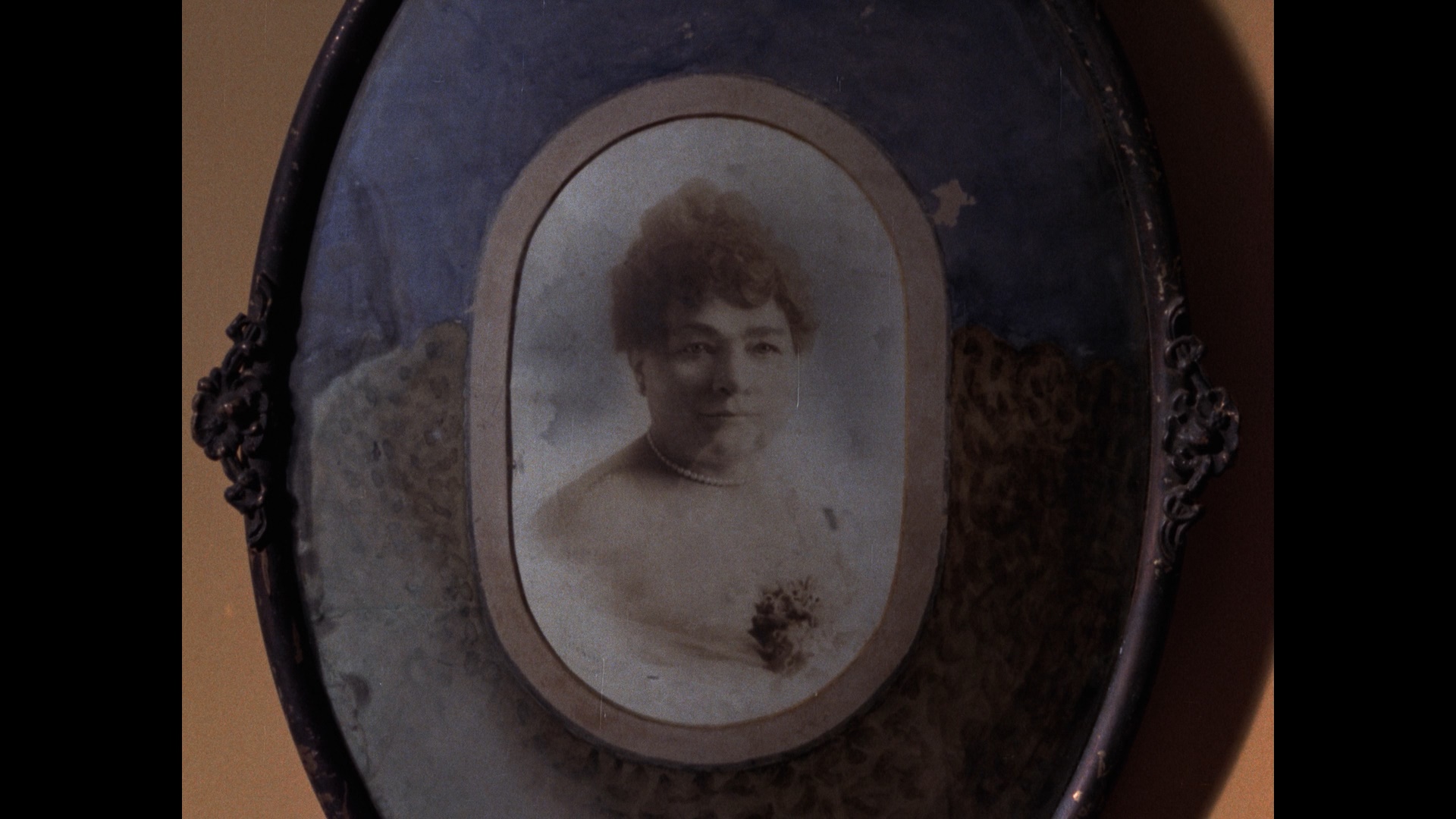
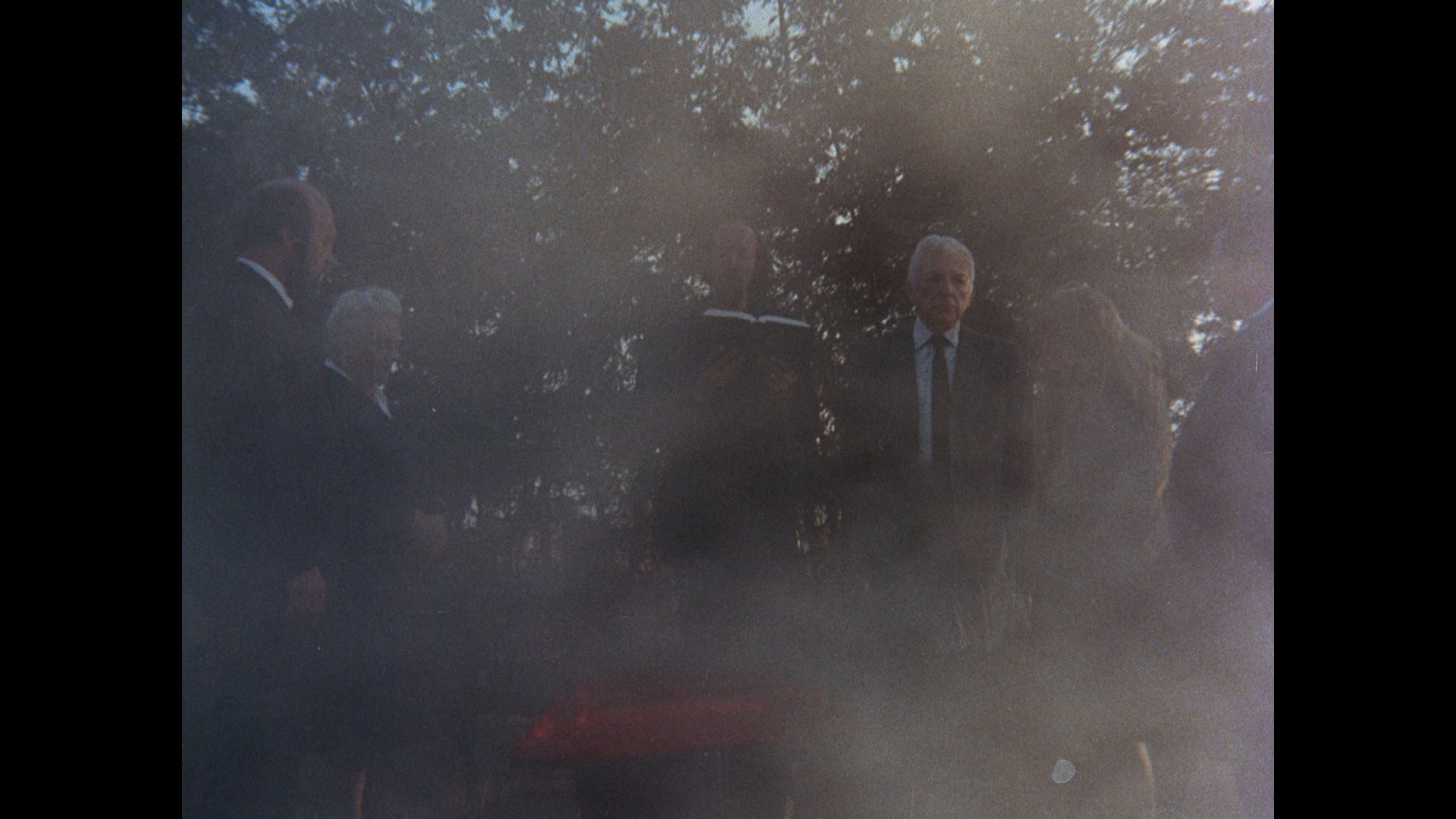
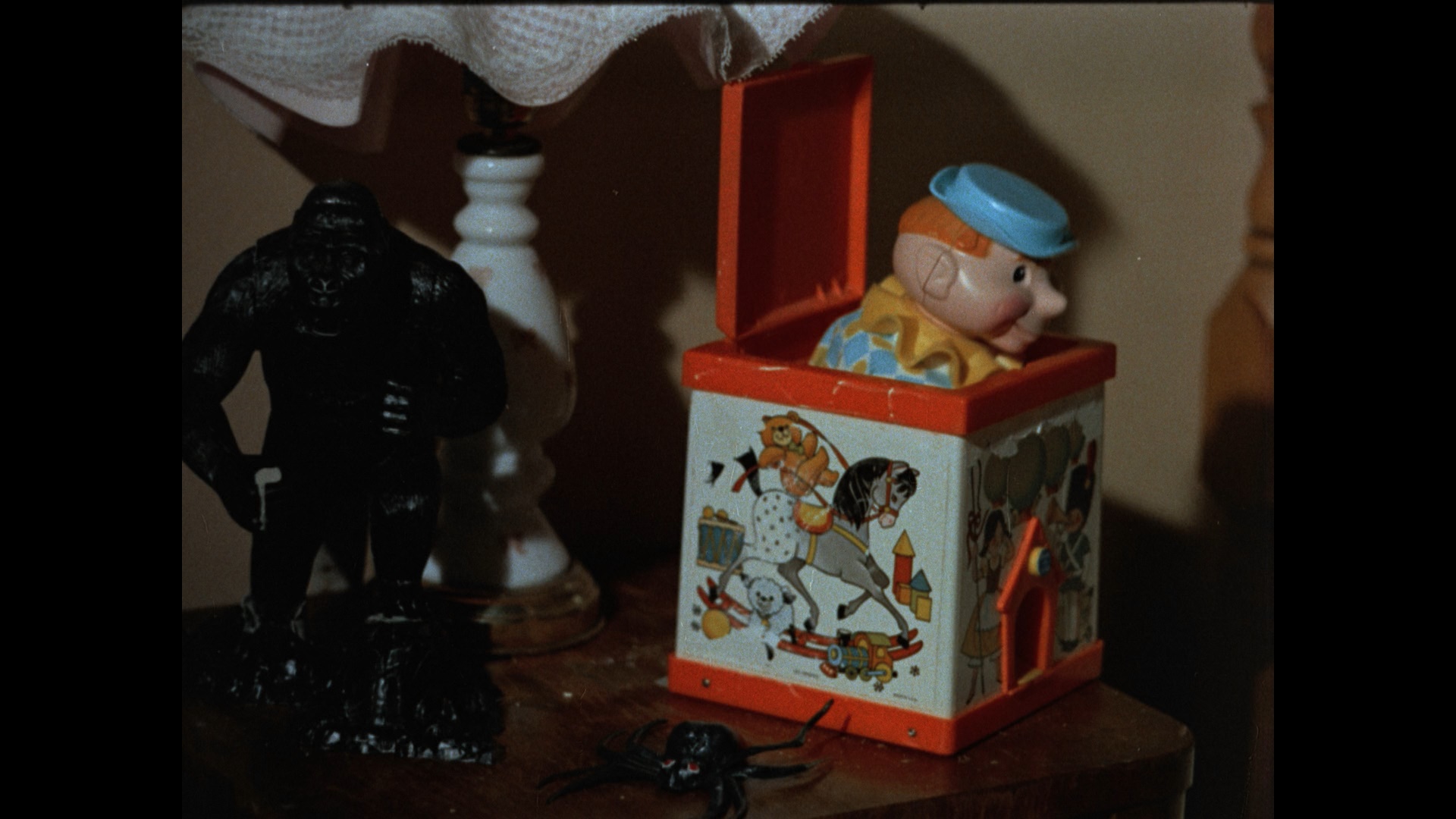
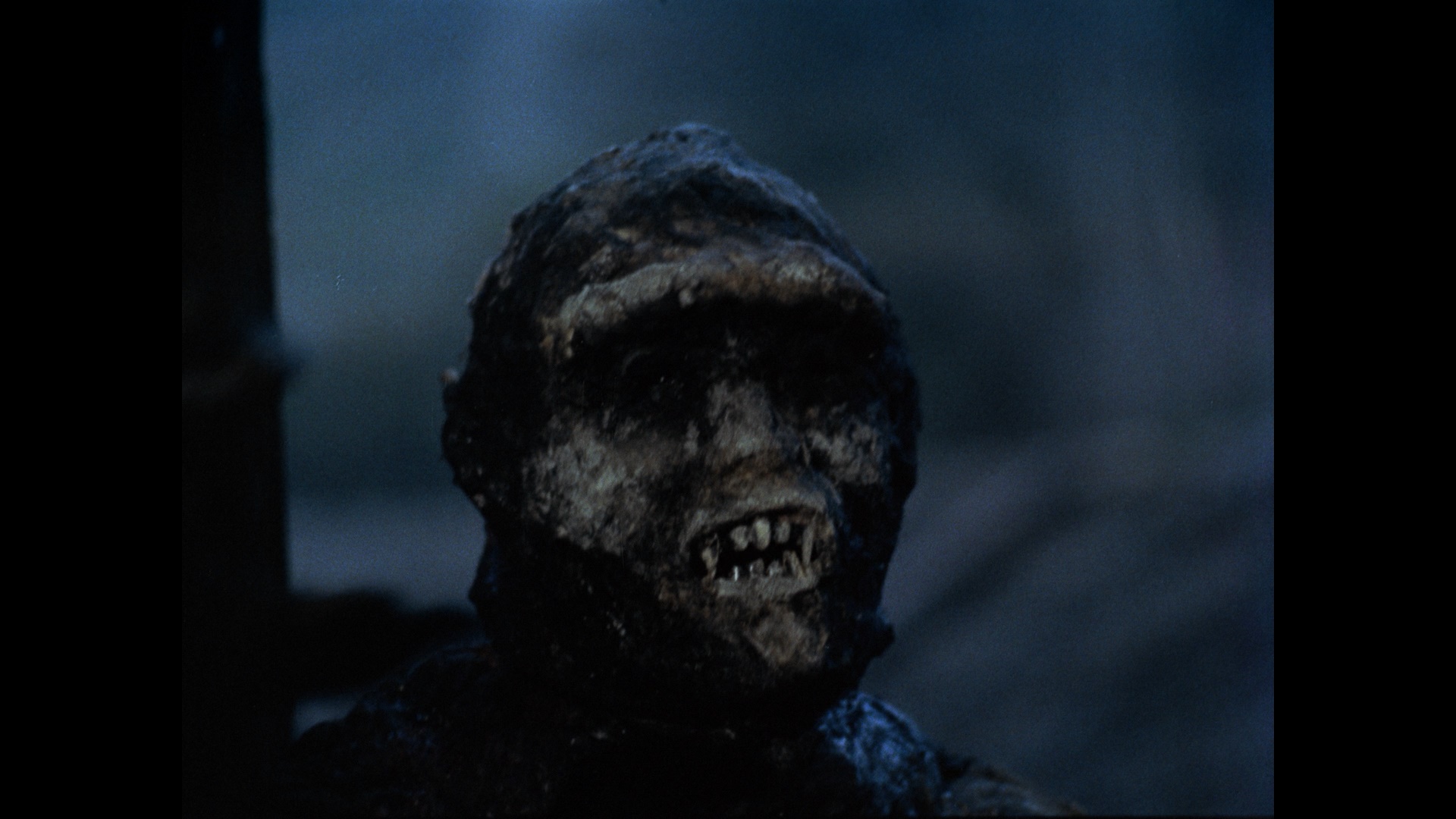
THE CHILD (Arrow Blu-ray) (1.78:1)
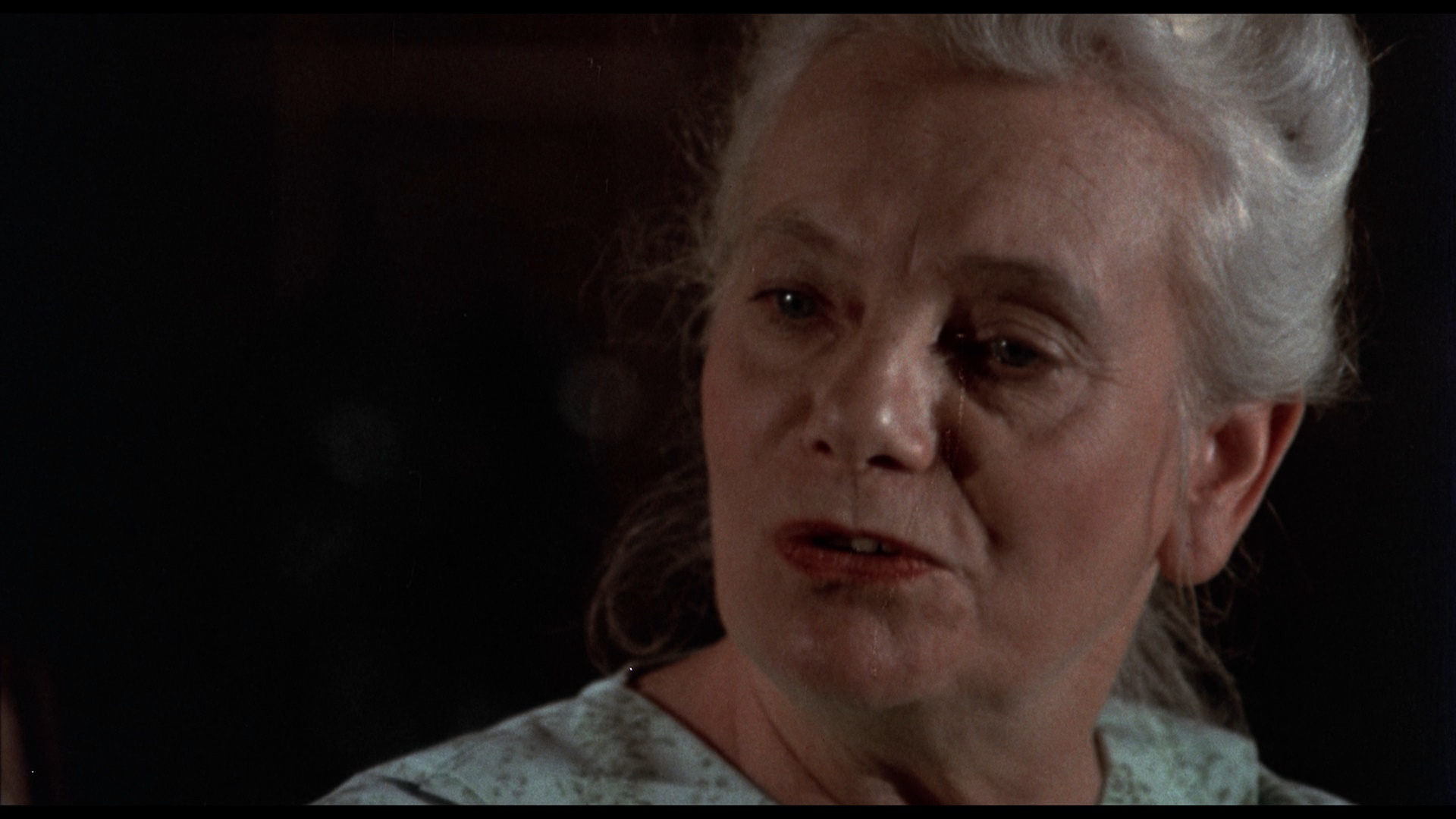
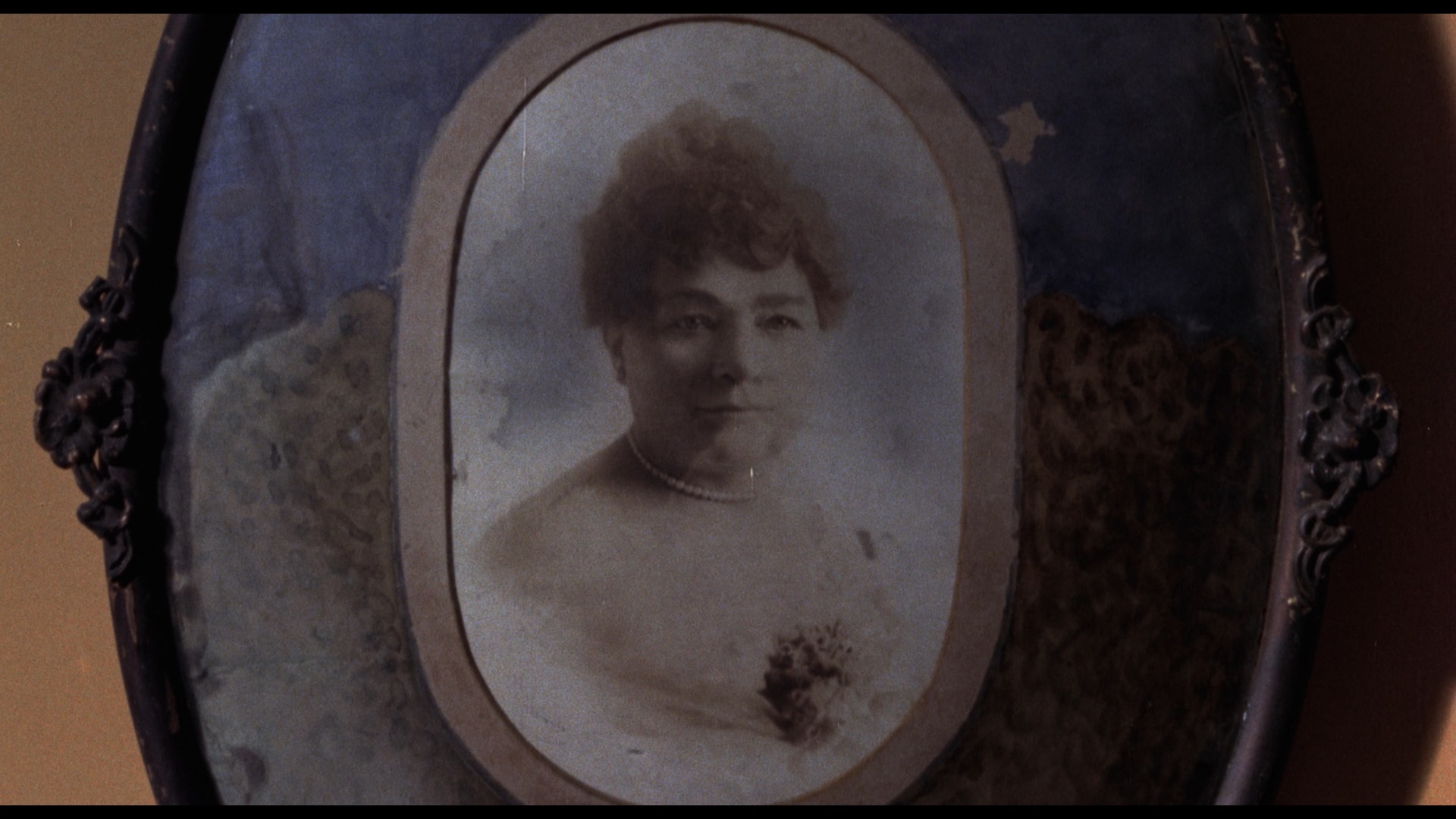
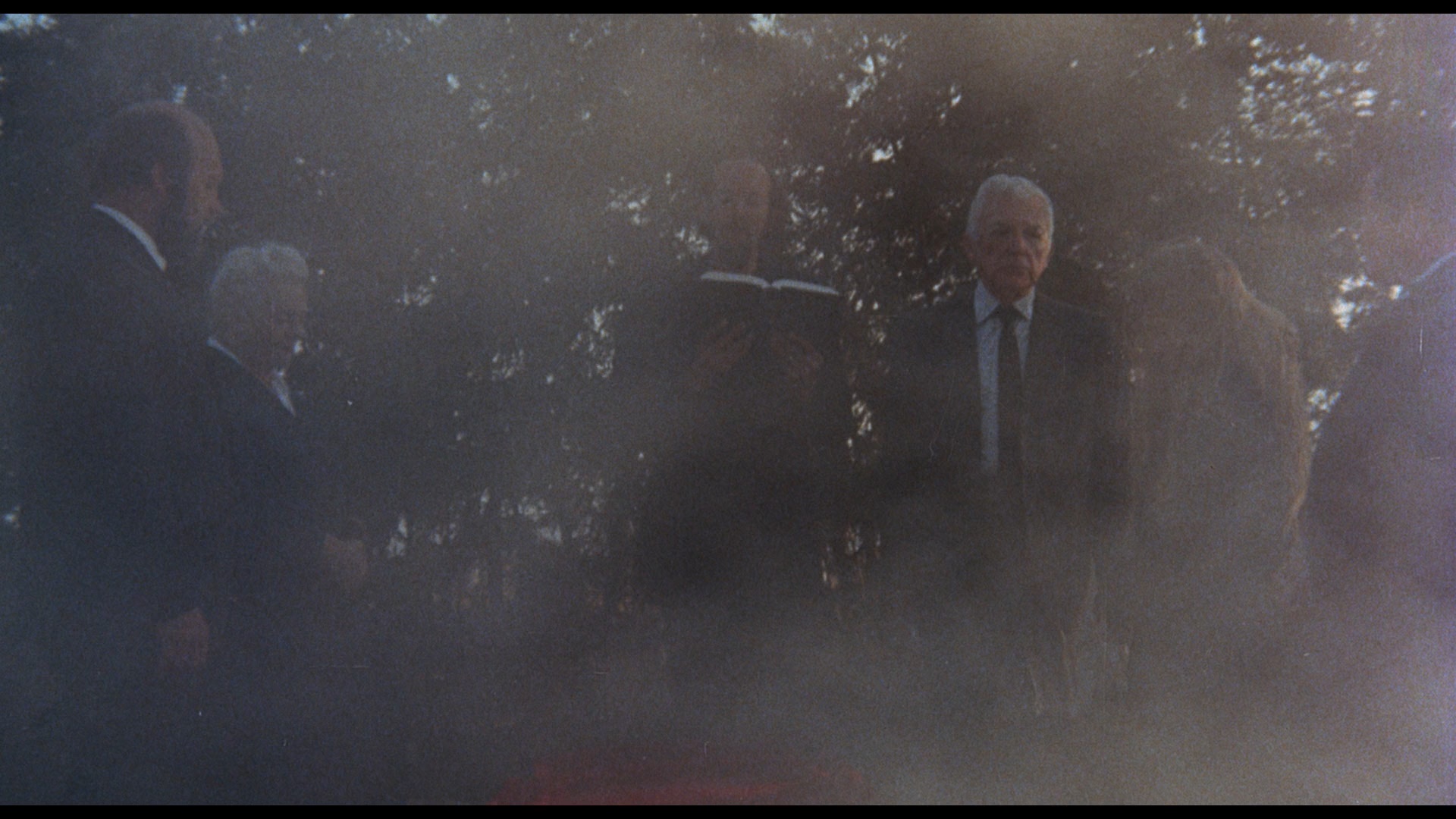

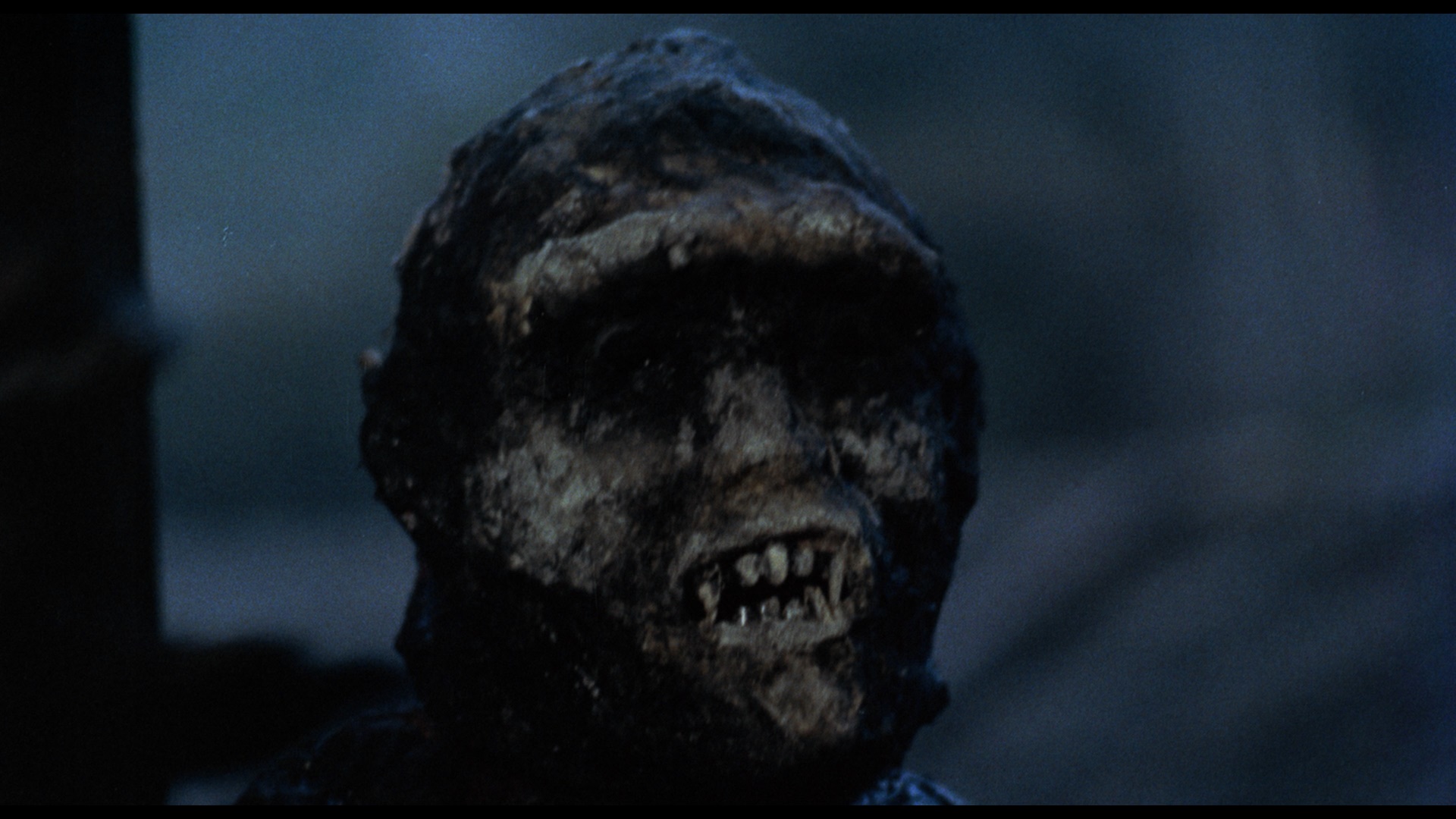
THE CHILD (Image DVD)
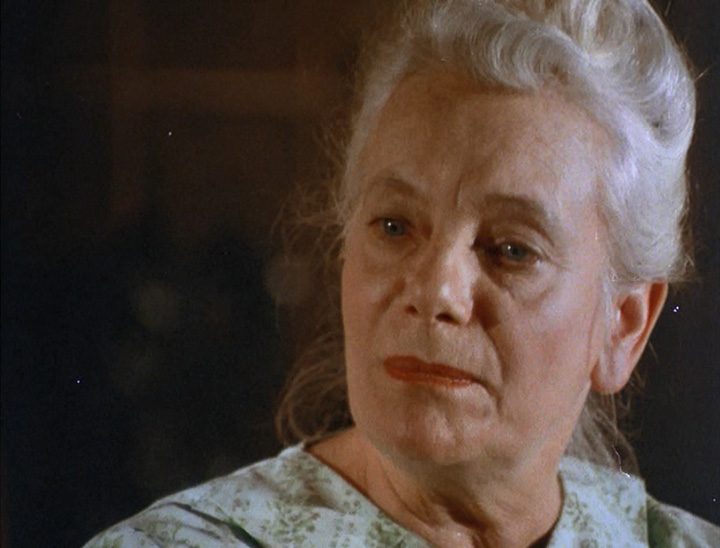
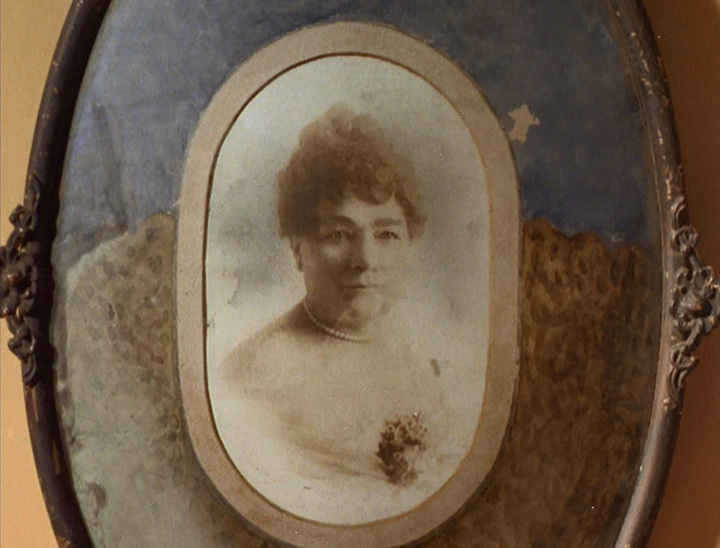
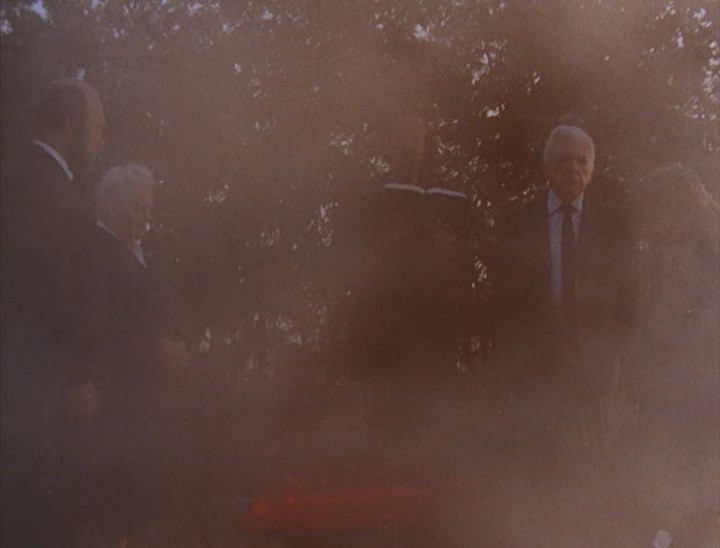
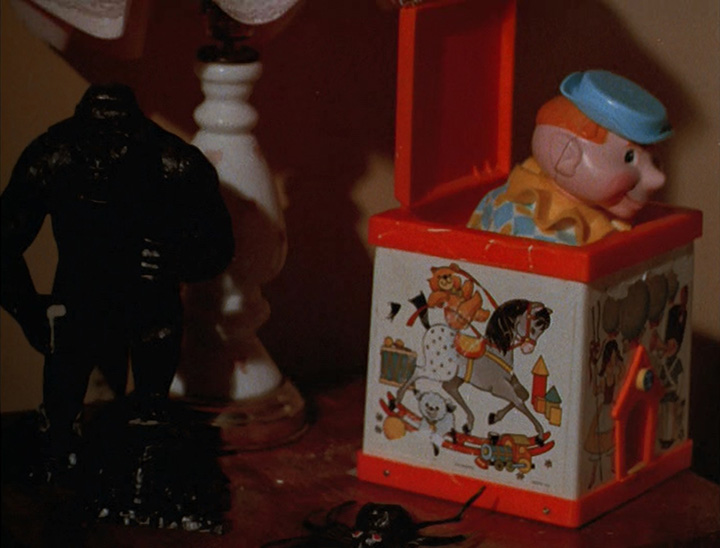
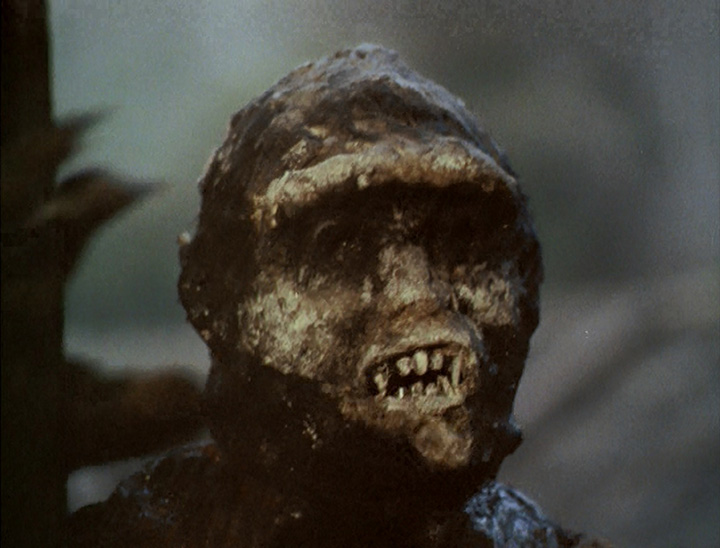
Reviewed on June 18, 2019



 took a long time since the release of Arrow Video’s astounding American Horror Project: Vol. 1 in early 2016 to see another in the line of three-film
took a long time since the release of Arrow Video’s astounding American Horror Project: Vol. 1 in early 2016 to see another in the line of three-film  boxed sets curated by Stephen Thrower, but in mid-2019, the second volume finally became a reality. Springboarding from Thrower’s essential book, Nightmare USA: The Untold Story of the Exploitation Independents, the idea here is to present neglected slices of homegrown American horror (all from the 1970s so far) in deluxe editions that shed light on the stories of the regional filmmakers who brought them to light. In the cases of both sets, you’ll also find titles that bend and stretch the definition of what a horror movie actually is; anyone expected something traditional like slasher movies or supernatural outings will be sideswiped by ambitious labors of love that paved the way for the indie horror movement that still goes strong today.
boxed sets curated by Stephen Thrower, but in mid-2019, the second volume finally became a reality. Springboarding from Thrower’s essential book, Nightmare USA: The Untold Story of the Exploitation Independents, the idea here is to present neglected slices of homegrown American horror (all from the 1970s so far) in deluxe editions that shed light on the stories of the regional filmmakers who brought them to light. In the cases of both sets, you’ll also find titles that bend and stretch the definition of what a horror movie actually is; anyone expected something traditional like slasher movies or supernatural outings will be sideswiped by ambitious labors of love that paved the way for the indie horror movement that still goes strong today. nuts and bolts visual style of static master shots for
nuts and bolts visual style of static master shots for  the most part which pays off in some of the more unnerving moments, such as when the décor of a room turns out to be very different from its reality.
the most part which pays off in some of the more unnerving moments, such as when the décor of a room turns out to be very different from its reality.  Next up is the most obscure offering in the set, the Stowe, Vermont-shot supernatural tale Dark August. Real-life married couple J.J. Barry and Carole Shelyne (a.k.a. TV
Next up is the most obscure offering in the set, the Stowe, Vermont-shot supernatural tale Dark August. Real-life married couple J.J. Barry and Carole Shelyne (a.k.a. TV  actress Carolyne Barry) headline the story of New York illustrator Sal Devito, who heads to the calmer climes of New England to get his head together. He ends up hitting it off with gallery owner and fellow artist Jackie, but things go south when he accidentally runs over and kills a little girl whose grandfather (Robertson) summons a black magic curse upon him to get even. Soon Sal keeps seeing the manifestation of a hooded dark figure and has random mishaps befalling those around him, such as a bloody construction accident involving a friend’s leg. Eventually Sal decides to seek help from a local white witch, Adrianna (A Streetcar Named Desire’s Hunter, the second Oscar winner in this set), who tries to use her powers to combat the dark forces brewing around the poor interloper.
actress Carolyne Barry) headline the story of New York illustrator Sal Devito, who heads to the calmer climes of New England to get his head together. He ends up hitting it off with gallery owner and fellow artist Jackie, but things go south when he accidentally runs over and kills a little girl whose grandfather (Robertson) summons a black magic curse upon him to get even. Soon Sal keeps seeing the manifestation of a hooded dark figure and has random mishaps befalling those around him, such as a bloody construction accident involving a friend’s leg. Eventually Sal decides to seek help from a local white witch, Adrianna (A Streetcar Named Desire’s Hunter, the second Oscar winner in this set), who tries to use her powers to combat the dark forces brewing around the poor interloper. Lightning Video first brought this one to VHS in the ‘80s in a very murky, almost unwatchable presentation that did this film no favors at all.
Lightning Video first brought this one to VHS in the ‘80s in a very murky, almost unwatchable presentation that did this film no favors at all.  After that it dropped out of sight for decades until this release, and the new transfer looks fantastic with the idyllic outdoor scenes in particular really popping with fine detail and gorgeous, saturated shades of green. A very low-key audio commentary with director Martin Goldman moderated by Brandon Daniel and Joe Luke goes into the trappings of the era, the production design, and the rapport between the married leads. Thrower offers his two cents in "Revisiting Dark August" (10m35s), analyzing how its regional flavor and comparatively mainstream approach should have gotten it more theatrical play than it actually received (including, weirdly, no exposure at all in Vermont). Then "Mad Ave to Mad Dogs" (15m6s) features Goldman chatting very softly about how he transitioned from making commercials to embarking on a feature film, including snippets of some of his TV ad work. Then producer Marianne Kanter appears in "Don't Mess with the Psychic" (9m15s) for a discussion of how her rebellious background led to her career path and the reason they would up shooting in Vermont. In "The Hills Are Alive: Dark August and Vermont Folk Horror" (34m23s), legendary artist, author, and Vermont native Stephen R. Bissette contextualizes the film within the larger framework of folk horror, the state's fascination with communes and the occult, and other Vermont-connected productions ranging from The Trouble with Harry to Werewolf in a Girl's Dormitory.
After that it dropped out of sight for decades until this release, and the new transfer looks fantastic with the idyllic outdoor scenes in particular really popping with fine detail and gorgeous, saturated shades of green. A very low-key audio commentary with director Martin Goldman moderated by Brandon Daniel and Joe Luke goes into the trappings of the era, the production design, and the rapport between the married leads. Thrower offers his two cents in "Revisiting Dark August" (10m35s), analyzing how its regional flavor and comparatively mainstream approach should have gotten it more theatrical play than it actually received (including, weirdly, no exposure at all in Vermont). Then "Mad Ave to Mad Dogs" (15m6s) features Goldman chatting very softly about how he transitioned from making commercials to embarking on a feature film, including snippets of some of his TV ad work. Then producer Marianne Kanter appears in "Don't Mess with the Psychic" (9m15s) for a discussion of how her rebellious background led to her career path and the reason they would up shooting in Vermont. In "The Hills Are Alive: Dark August and Vermont Folk Horror" (34m23s), legendary artist, author, and Vermont native Stephen R. Bissette contextualizes the film within the larger framework of folk horror, the state's fascination with communes and the occult, and other Vermont-connected productions ranging from The Trouble with Harry to Werewolf in a Girl's Dormitory.  Harry Novak (who snagged the rights to the indie film and, in typical fashion, made sure the filmmakers didn’t see a dime from its many reissues), this was one of the first DVDs released by
Harry Novak (who snagged the rights to the indie film and, in typical fashion, made sure the filmmakers didn’t see a dime from its many reissues), this was one of the first DVDs released by  Image in its Something Weird line and is still among the best horror titles that partnership ever issued.
Image in its Something Weird line and is still among the best horror titles that partnership ever issued.  Extras included the trailer, bonus trailers (Axe, Behind Locked Doors, Booby Trap, Frankenstein's Castle of Freaks, Kidnapped Coed, The Mad Butcher, The Toy Box, Toys Are Not for Children) and two bonus shorts, The Outsider and The ABC of
Extras included the trailer, bonus trailers (Axe, Behind Locked Doors, Booby Trap, Frankenstein's Castle of Freaks, Kidnapped Coed, The Mad Butcher, The Toy Box, Toys Are Not for Children) and two bonus shorts, The Outsider and The ABC of  Babysitting. Not surprisingly, the Blu-ray is a substantial upgrade thanks to many years of advances in transfer technology; color timing, detail, and just about everything else notches up considerably, and the day for night timing has been correctly adjusted for the finale to far greater effect. The film can be watched either in the familiar 1.37:1 version or a matted 1.85:1 presentation reflecting how it was shown in most theaters; it's nice to have the choice, though the 1.37:1 looks far better with the compositions given some much needed breathing room. Thrower moderates a new audio commentary with director Robert Voskanian and producer Robert Dadashian, who remain friends to this day and offer an endearing chronicle of how they first joined forces during their college years, shared a fondness for horror movies, rounded up the cast (including the reason for one participant's "unusual acting style"), had to end up replacing the audio, and wound up tweaking the script to include the scarecrow scene to make it less controversial. Then Thrower's video rundown comes with "The Zombie Child" (13m13s) in which he extols the "weird and wonderful" nature of the film and the productive creative partnership behind it, which was sadly hampered by the financially lopsided deal that was made to get it released. Then Voskanian and Dadashian appear on camera for "Fathers of the Child" (12m48s), talking about how their shared Armenian immigrant background created a bond as they built a rapport over their love of cinema and were deeply inspired by a viewing of Night of the Living Dead to make a film that would ultimately become a three-year process. The original trailer is also included (in both 1.33:1 and 1.78:1 versions) along with a BD-Rom press book. The deluxe packaging features reversible sleeves for each film (including new art by The Twins of Evil) and an insert booklet with new liner notes by Bissette, Travis Crawford, and Amanda Reyes.
Babysitting. Not surprisingly, the Blu-ray is a substantial upgrade thanks to many years of advances in transfer technology; color timing, detail, and just about everything else notches up considerably, and the day for night timing has been correctly adjusted for the finale to far greater effect. The film can be watched either in the familiar 1.37:1 version or a matted 1.85:1 presentation reflecting how it was shown in most theaters; it's nice to have the choice, though the 1.37:1 looks far better with the compositions given some much needed breathing room. Thrower moderates a new audio commentary with director Robert Voskanian and producer Robert Dadashian, who remain friends to this day and offer an endearing chronicle of how they first joined forces during their college years, shared a fondness for horror movies, rounded up the cast (including the reason for one participant's "unusual acting style"), had to end up replacing the audio, and wound up tweaking the script to include the scarecrow scene to make it less controversial. Then Thrower's video rundown comes with "The Zombie Child" (13m13s) in which he extols the "weird and wonderful" nature of the film and the productive creative partnership behind it, which was sadly hampered by the financially lopsided deal that was made to get it released. Then Voskanian and Dadashian appear on camera for "Fathers of the Child" (12m48s), talking about how their shared Armenian immigrant background created a bond as they built a rapport over their love of cinema and were deeply inspired by a viewing of Night of the Living Dead to make a film that would ultimately become a three-year process. The original trailer is also included (in both 1.33:1 and 1.78:1 versions) along with a BD-Rom press book. The deluxe packaging features reversible sleeves for each film (including new art by The Twins of Evil) and an insert booklet with new liner notes by Bissette, Travis Crawford, and Amanda Reyes. 













